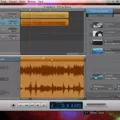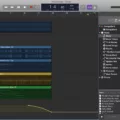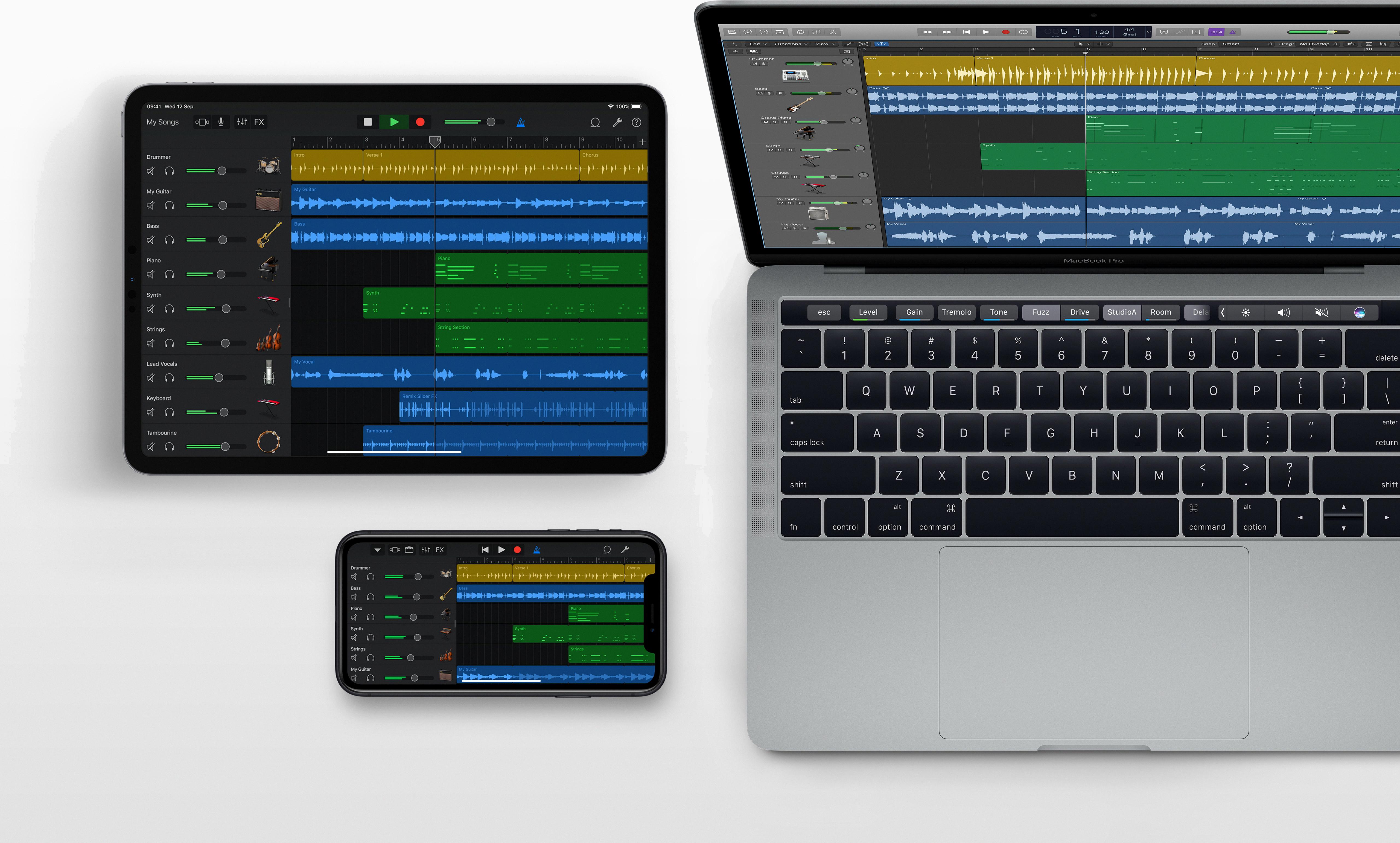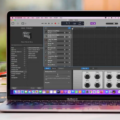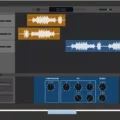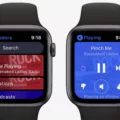GarageBand is an amazing music creation tool that has been around for many years. It’s designed to make it easy for anyone to make great music, no matter their skill level. With its intuitive design and powerful features, GarageBand can help anyone create professional-sounding recordings quickly and easily.
One of the great features of GarageBand is its sound library, which allows you to download additional sounds and loops from a variety of sources. This means you can inject your recordings with unique sounds that will give them character and personality. In this blog post, we’ll show you how to add sound packs to GarageBand on Mac so you can get the most out of your music-making experience.
To begin, open up GarageBand on your Mac and choose GarageBand > Sound Library > Download All Available Sounds. A dialog window will open up and you will need to click “Get” in order to start the download process. Once downloaded, it’s time to add the sound pack or instrument into your project. To do this, tap on the ‘add’ icon located on the far left side of your workspace. From here, choose either “Loop” or “Instrument” depending on what type of sound pack you downloaded.
If you chose Loop, a dropdown menu will apear containing all the loops currently installed on your device that were included in the sound pack download. Select the ones that best fit your project and they will be instantly added in! Instrument downloads are slightly different; once selected from the menu, follow any prompts that may appear in order to install it properly into your project.
And there you have it – now you know how to add sound packs into GarageBand! By taking advantage of this feature, you can give each of your projects a unique twist by incorporating new sounds and instruments that were not available before. Let us know how it goes and if you have any questions about adding sound packs into Garageband!
Adding Sound Packs to GarageBand on Mac
To add sound packs to GarageBand on Mac, start by opening GarageBand and selecting “GarageBand > Sound Library” from the menu bar. Next, select “Download All Available Sounds” from the dropdown menu and click “Get” in the dialog box that appears. This will begin the download of all available sound packs for you to use in your projects. Once downloaded, the sound packs should appear in the same “Sound Library” menu, listed under “Downloaded Sounds.” You can then select and drag any of these sounds into your project, or even create an instrument track with them.
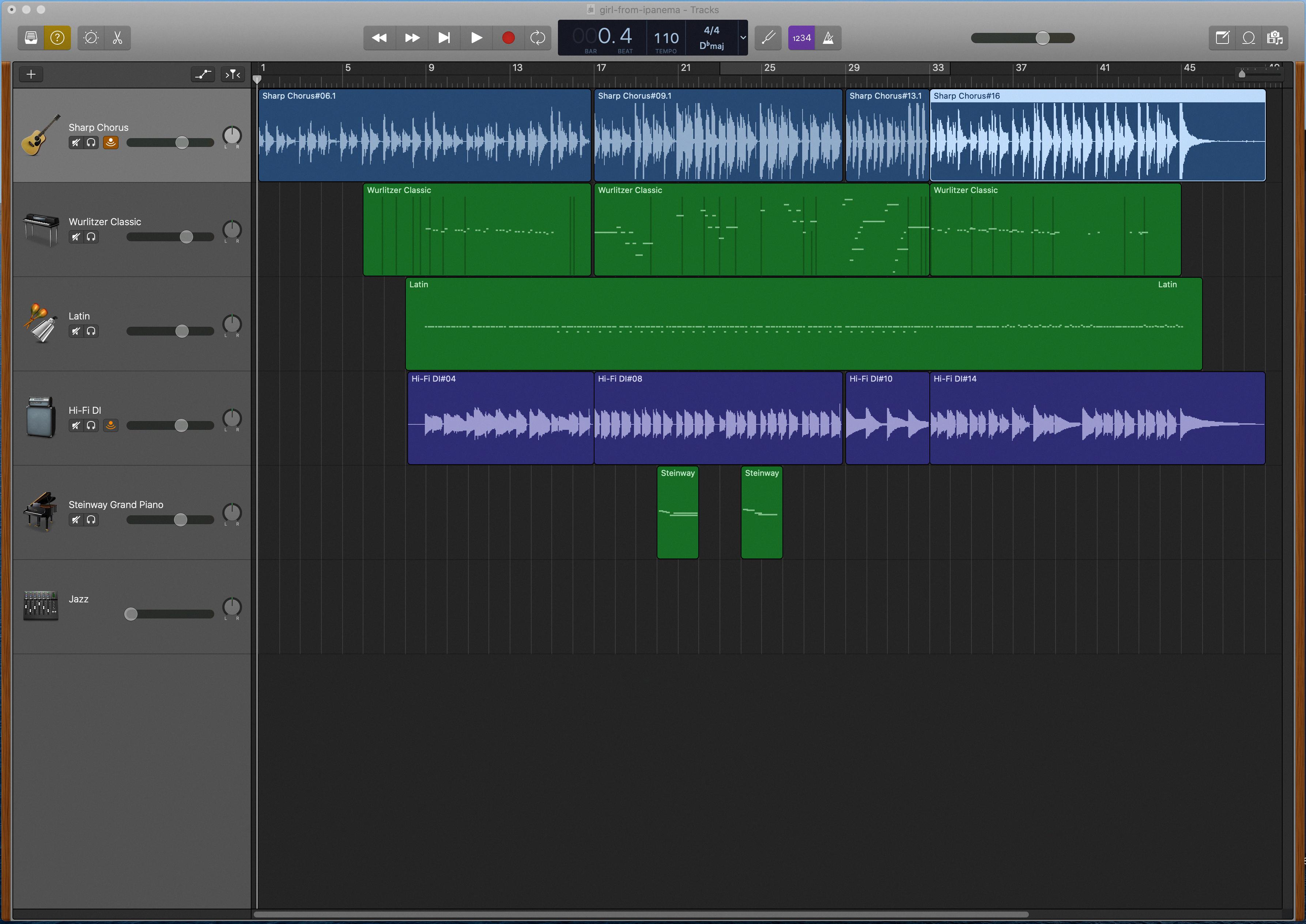
Source: onfocus.com
Using Sound Packs in GarageBand
To use a sound pack in GarageBand, start by tapping the add icon on the left side of your workspace. Select either Loop or Instrument, depending on if you downloaded a sound pack or an instrument. If you selected Loop, you’ll see a dropdown menu of all the loops that are available on your device. Once you’ve chosen the sound pack that you’d like to use, drag and drop it into the timeline of your project. You can then edit it with varius tools such as pitch shifting, time stretching, and adding effects. Finally, save your project and enjoy your creation!
Installing Sound Packs
To install sound packs, open the ROLI Connect app and select the “Soundpacks” tab. You will see a list of available soundpacks. To install one or more soundpacks, click the “Install” button next to each soundpack name or use the “Install All” button at the bottom of the page. The download and installation process will begin immediatey and you can track progress in the ROLI Connect window. Once all soundpacks have been installed, you’ll be able to access them through your music-making software of choice.
Adding Additional Instruments to GarageBand
Adding more instruments to GarageBand is easy! First, locate the Software Instrument tab on the right side of the GarageBand window. Then, click on the ‘Edit’ tab. In the dropdown list that appears, navigate to the ‘Audio Unit Modules’ section and choose your desired instrument. You can also download additional instruments from Apple’s Sound Library. Once you’ve selected an instrument, it will appear in your instrument list so you can start making music with it right away!
Using Third Party Plug-ins in GarageBand
In order to use thid party plug-ins in GarageBand, you will need to first make sure that the plug-in is compatible with GarageBand. Once you have confirmed that the plug-in is compatible, open GarageBand and click on the Plug-ins area of the Smart Controls pane. Next, choose an effect category and then choose a plug-in from the Audio Units submenu. The plug-in window will open, showing the plug-in’s controls. You can now adjust the parameters of the plug-in as desired. When you are finished adjusting your settings, click ‘Done’ at the bottom of the window to save your changes. Your third party plug-in should now be ready to use in GarageBand!
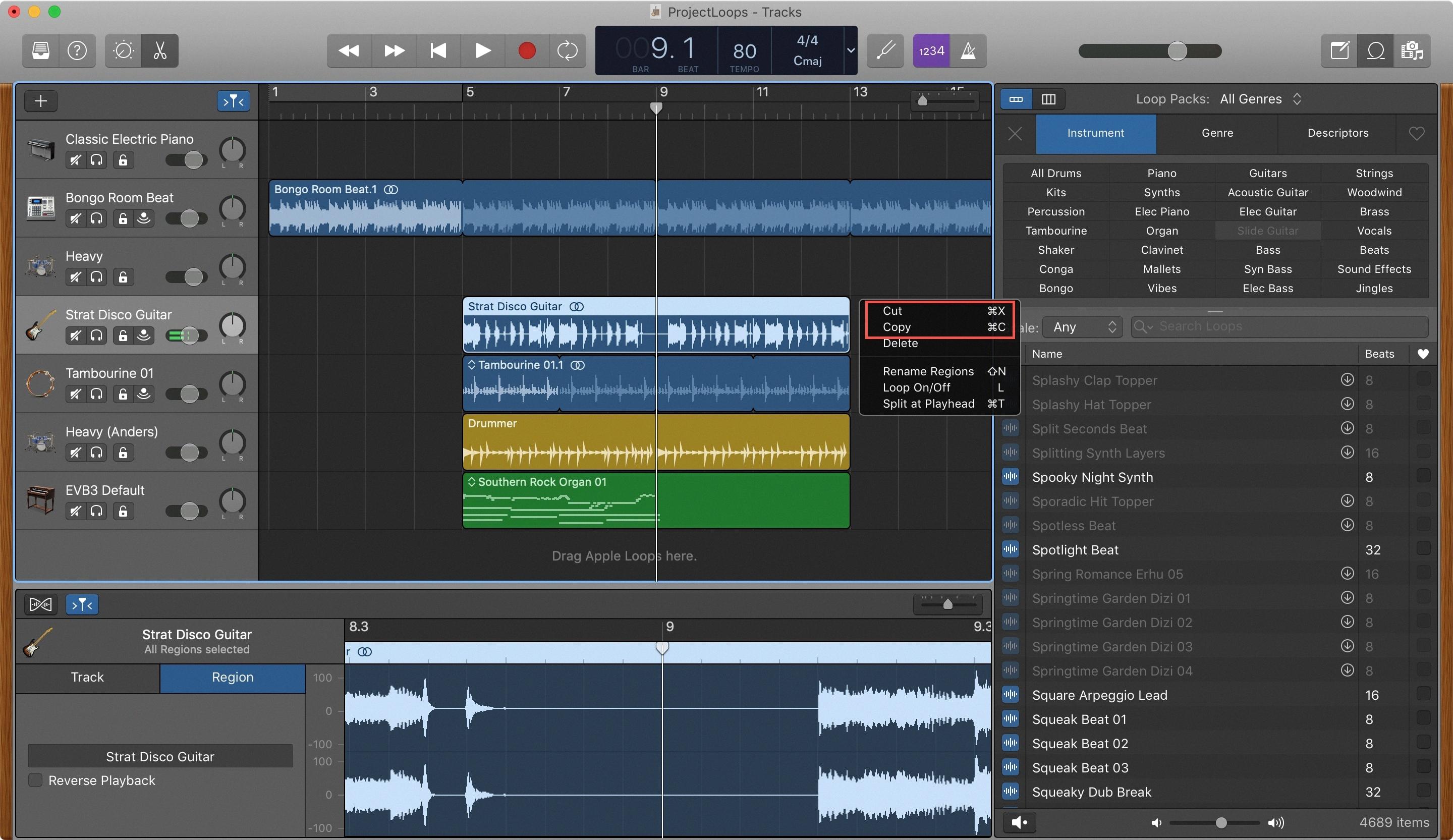
Source: idownloadblog.com
Conclusion
In conclusion, GarageBand is an incredibly powerful and versatile digital audio workstation that can be used to create professional-sounding music. With a wide range of pre-loaded instruments, loops, and sound effects, as well as the ability to download additional sounds, GarageBand provids users with the tools they need to compose, record, edit and mix their own music. Whether you’re a beginner looking to explore music production or a professional looking for an all-in-one solution for your recording needs, GarageBand is sure to provide you with all the power and flexibility you need.

